KAYAKING (Day 6 - part 1)
We arrived at the Cherry Grove Boat Landing for an afternoon tour with Great Escapes Kayak Expeditions. The tours are scheduled to catch the outgoing tide, making the trip out much easier. We would follow House Creek for about 30 minutes (half mile) out to where it meets the ocean, then pull up on a beach at Hog's Inlet (the southern tip of Waties Island). We would have time to wander around, then catch the incoming tide back.
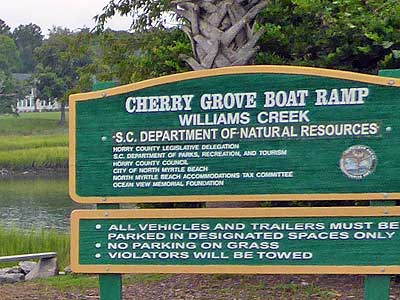
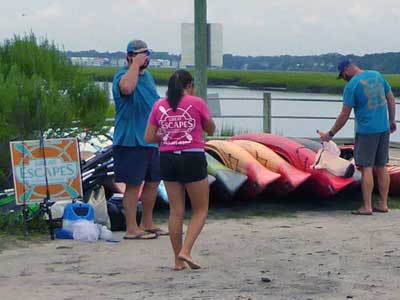
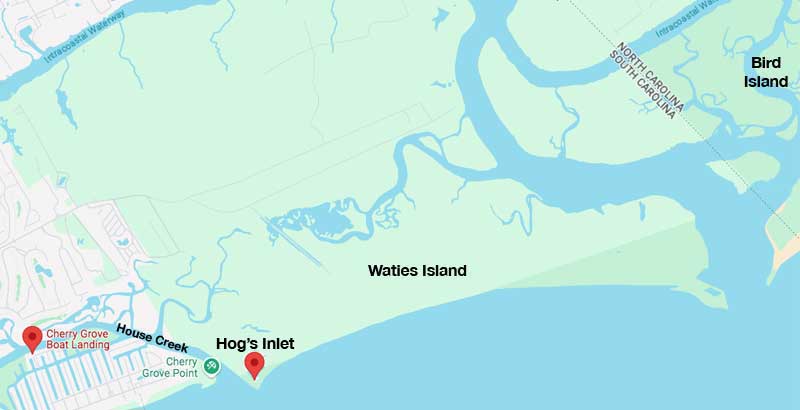
Waties Island isn't an island in the typical sense (like the Hawaiian or Caribbean islands). Instead, it's barrier island. Barrier islands are long strips of land that run parallel to the coast. They protect the mainland from storms and are constantly changing shape due to wind and ocean currents. Hog Island is the older name for the area that includes both Waties Island and Bird Island (to the north, over the border in North Carolina) and is near the northern end of the Grand Strand. It is one of the last remaining undeveloped barrier islands on the South Carolina coast.
Before the arrival of the Europeans, it was home to the Waccamaw. Sometime in the early 1700s, it became named for William Waties... either Jr. or Sr. It was briefly known as Waiters Island on maps due to a typographical error. In the 1920s, it was purchased by Horace Tilghman. Eventually his daughter Anne, hoping to preserve the area, granted the land to the Coastal Carolina University (where she taught nursing classes).
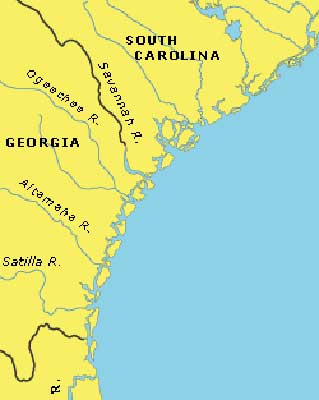
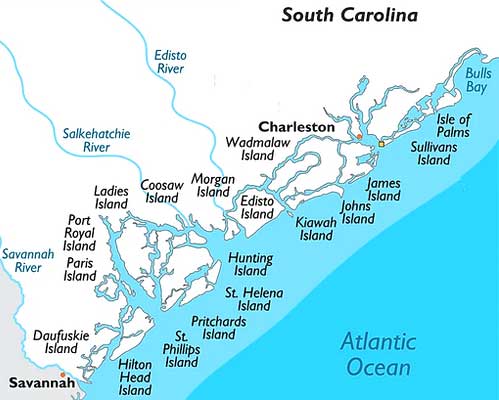
Rows of barrier islands
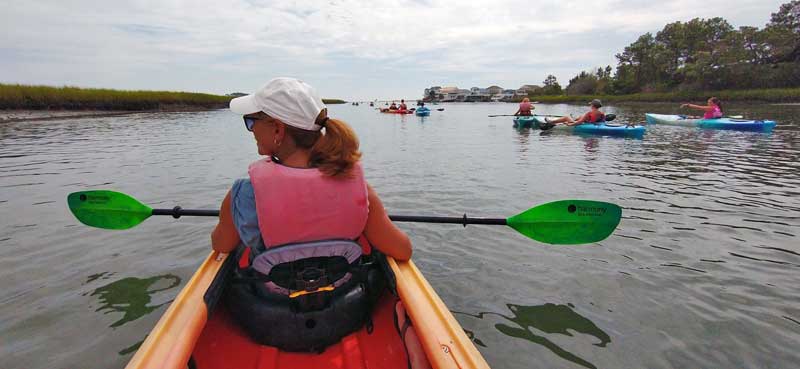
We shared a tandem kayak and on the way out, I got to sit in the back... allowing me to stealthily stop rowing from time to time and take photos.
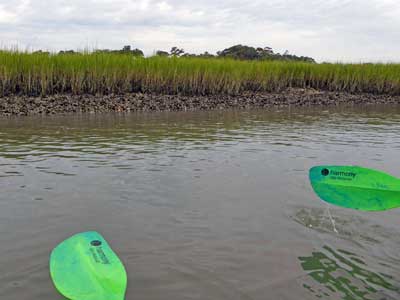
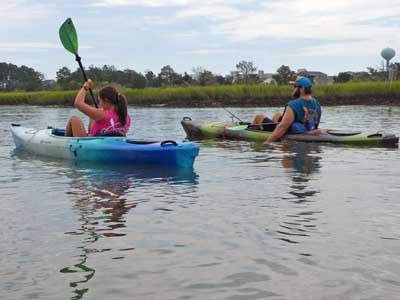
There are no alligators here. Generally they dislike salt water or currents. They are also territorial, hence why small, still ponds are good.
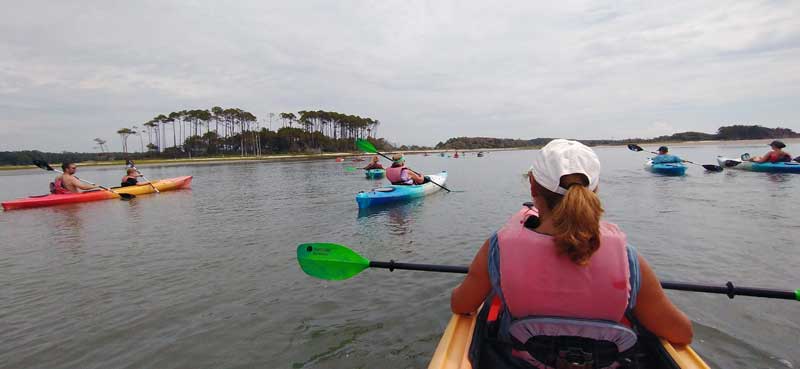
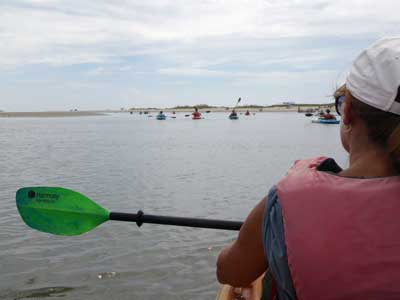
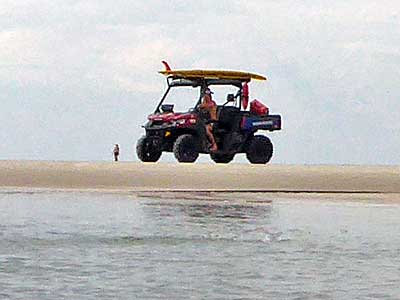
Approaching Cherry Grove Point
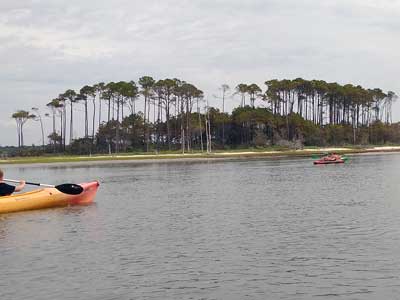

Once at our destination, we were free to explore for a while.
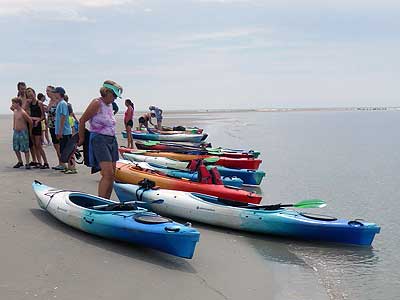
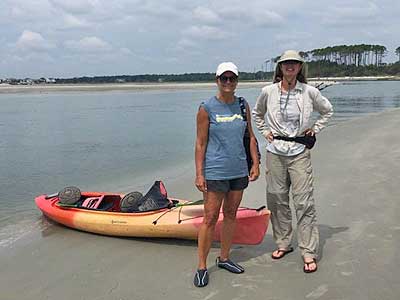
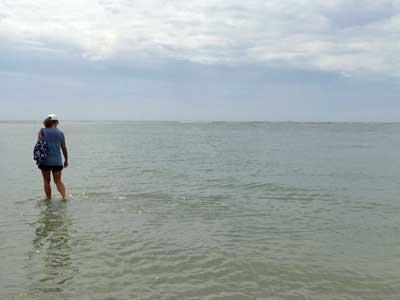
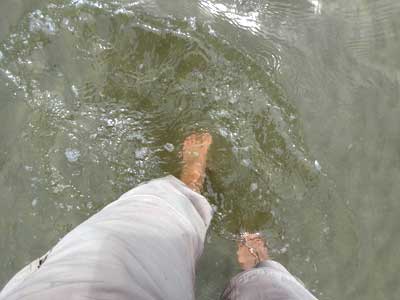
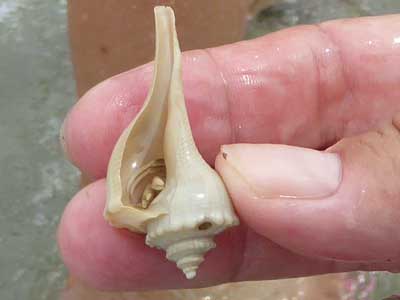
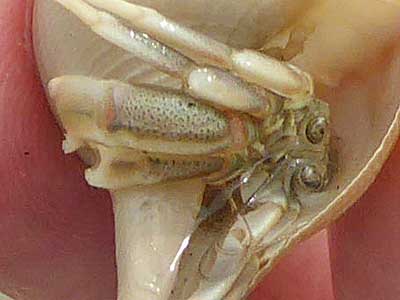
A very feisty hermit crab!
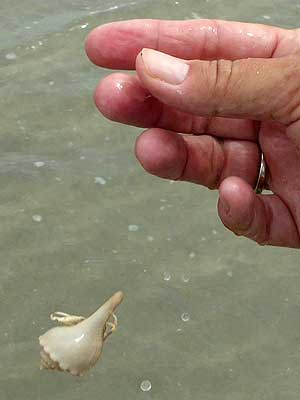
Nope, he's done with being looked at!
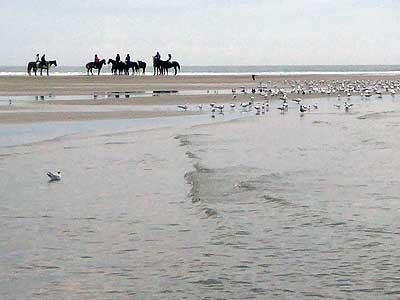
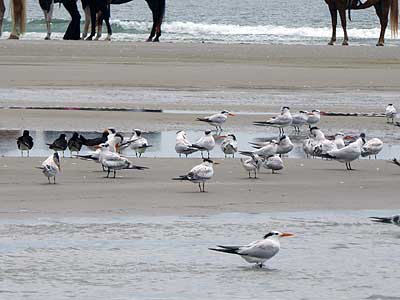
Horses and terns
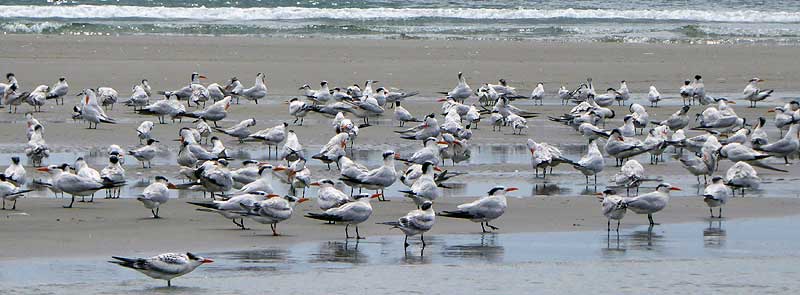
Royal terns hunt in salt water, mostly eating fish but also shrimp, small crabs, insects and even hatchling sea turtles. In between feeding, they will gather on undisturbed beaches in large, dense groups.

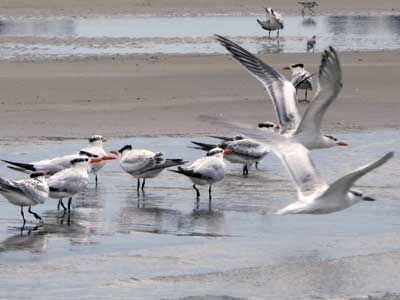
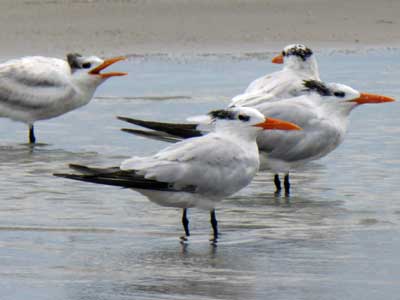
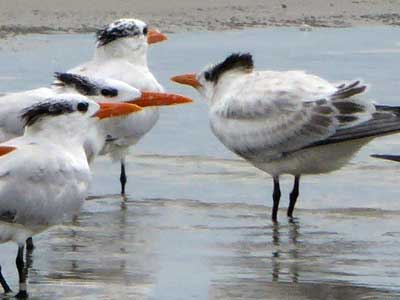
Breeding adults have a full black cap whereas non-breeding adults (more common now, in late summer and fall) have just an eye stripe.
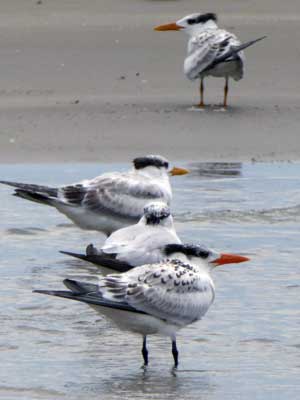
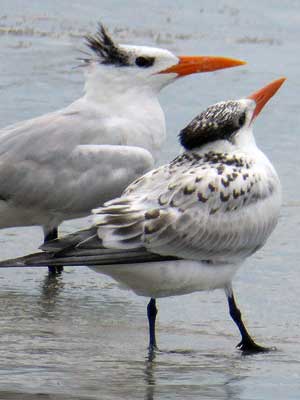
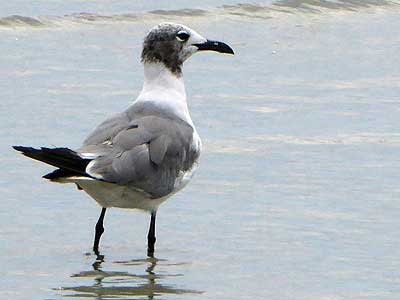
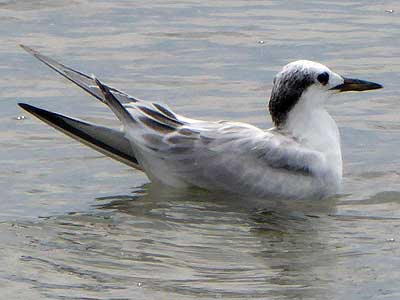
Laughing Gulls

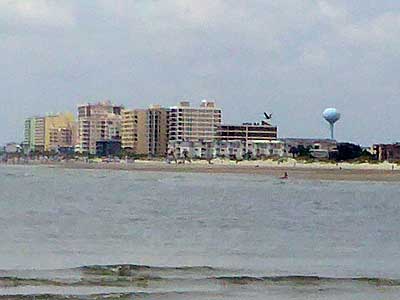
View of Cherry Grove and North Myrtle Beach

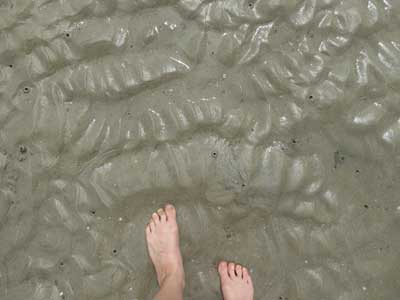

Mud flats ... and the home of something that lives here

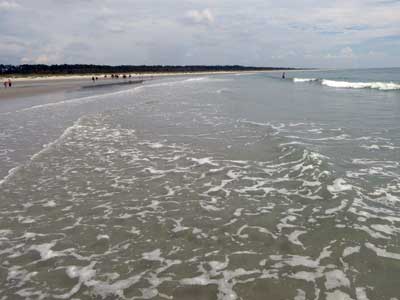
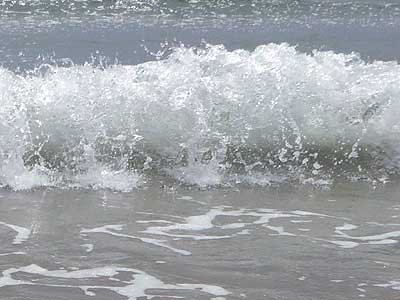
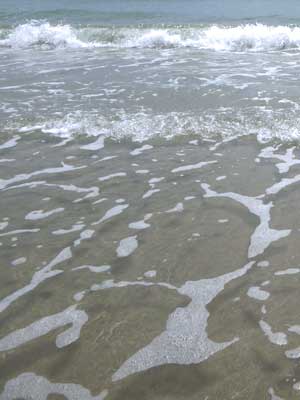
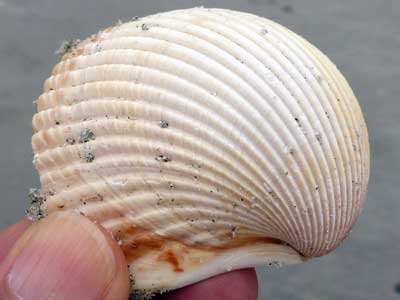
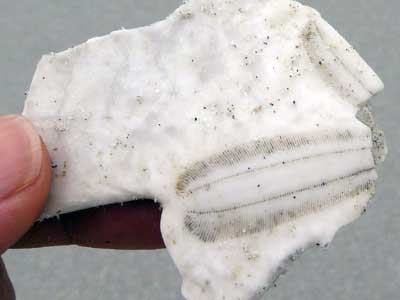
There were so many different types of shells ... including part of a sand dollar
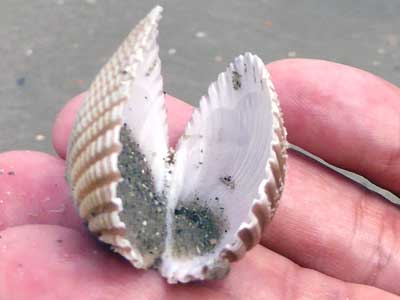

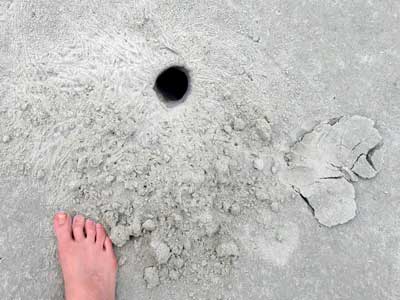
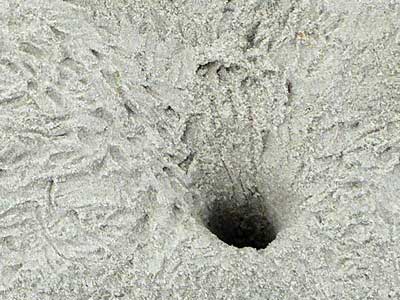
A crab hole
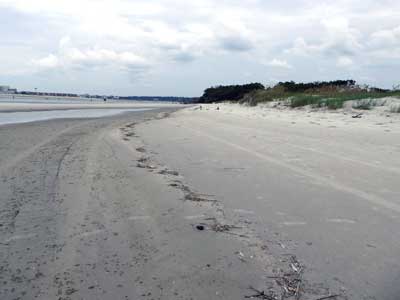
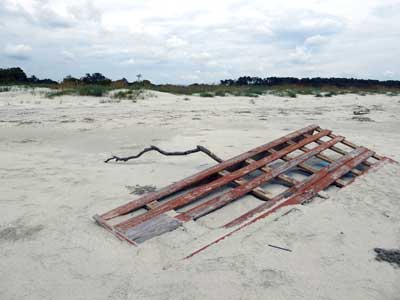
Walking past some dunes
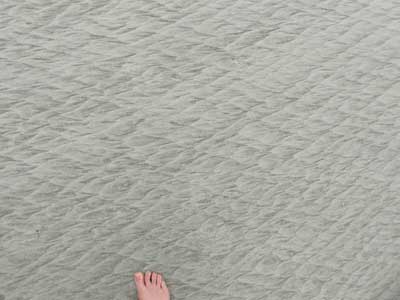
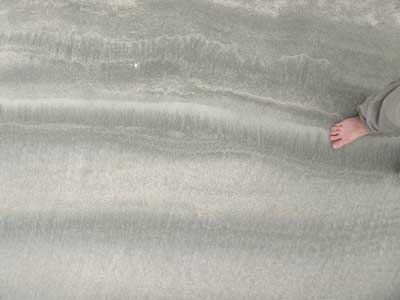
Interesting patterns in the sand
return • continue

